8 Popular Sports That Started in Unexpected Places
Some of the world’s biggest sports didn’t start with sold-out crowds or flashy uniforms. They came together in barns, gyms, palace courtyards, and freezing lakes—often by accident or out of boredom. That scrappy charm makes their stories even better. This article lists the surprising hometowns of big-time sports that now dominate stadiums and screens.
Basketball – Springfield, Massachusetts, USA

Credit: pexels
Winter boredom inside a Massachusetts YMCA gym led Dr. James Naismith to nail peach baskets to a balcony and toss in a soccer ball. That scrappy setup sparked basketball in 1891 on a gym floor full of snowed-in students. It was initially meant to be non-contact, with no dribbling allowed. It’s safe to say that rule didn’t stick.
Polo – Ancient Persia (Modern-Day Iran)
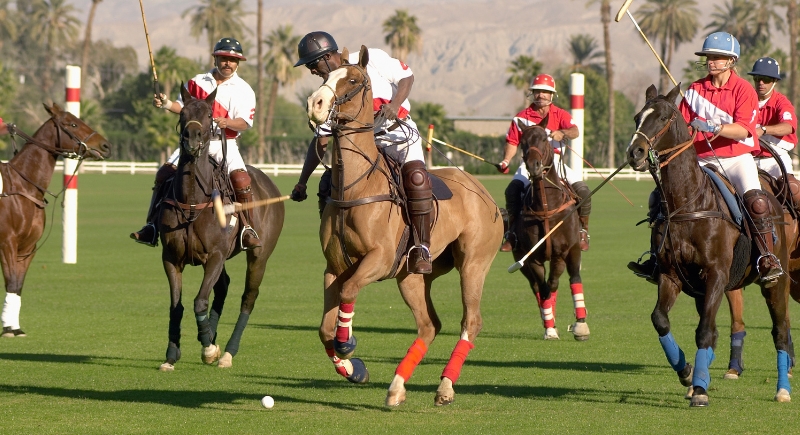
Credit: DAPA Images
Polo galloped out of ancient Persia over 2,000 years ago as a cavalry training exercise. Elite horse riders practiced teamwork, strategy, and speed by swinging mallets on horseback to prepare for battle. Eventually, it became a royal favorite and spread to Asia and beyond.
Bobsled – St. Moritz, Switzerland
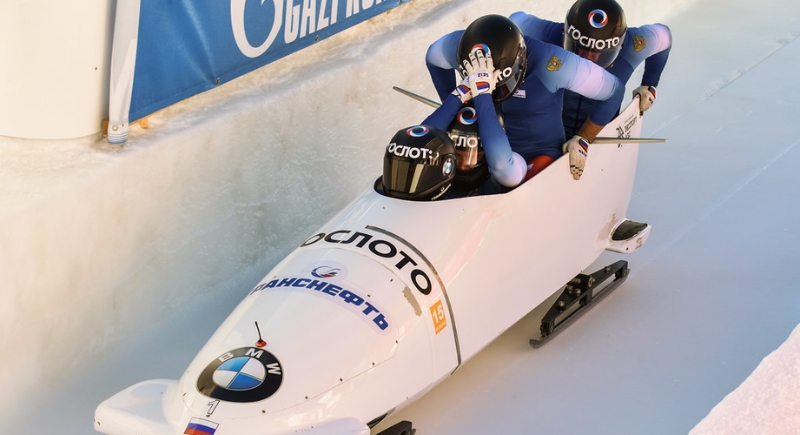
Credit: flickr
Snowy rooftops and icy alleyways weren’t enough for thrill-seekers in late 19th-century St. Moritz. Wealthy tourists began modifying delivery sleds by racing them down slippery mountain roads between hotels. Local hotelier Caspar Badrutt saw an opportunity and built a dedicated track—the Cresta Run. And just like that, bobsledding took off.
Table Tennis – Victorian England
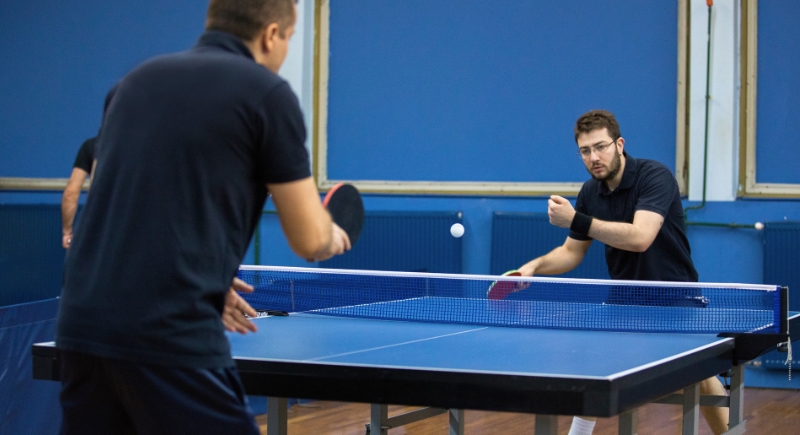
Credit: Getty Images
In the late 1800s, upper-class Brits turned dining rooms into arenas by swatting cork balls across tables using cigar box lids. It was called “wiff-waff” long before “ping-pong” stuck. Even the net was improvised—books stacked in the middle of the table did the trick. By the early 1900s, it had its own rules, equipment, and competitive spirit.
Lacrosse – Native American Tribes (USA/Canada)
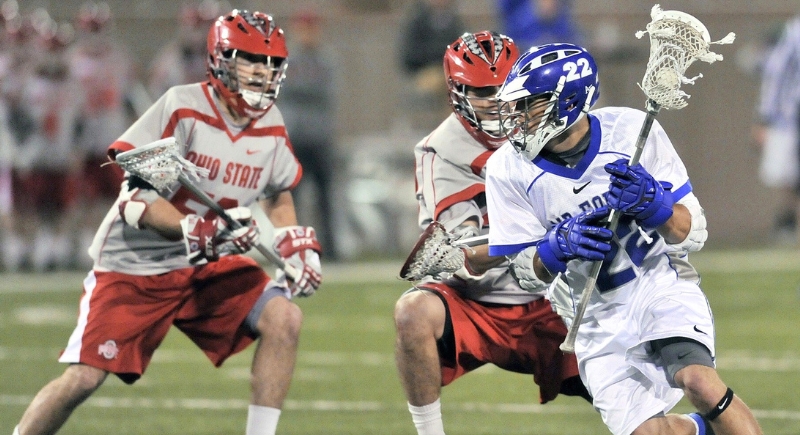
Credit: pixabay
Lacrosse traces back centuries to Native American tribes like the Haudenosaunee, where it held deep spiritual meaning and served as a peaceful way to settle disputes. The early version stretched across miles of open field, lasted days, and sometimes involved hundreds of players. Warriors used carved wooden sticks and deer-hide balls.
Rugby – Rugby School, England
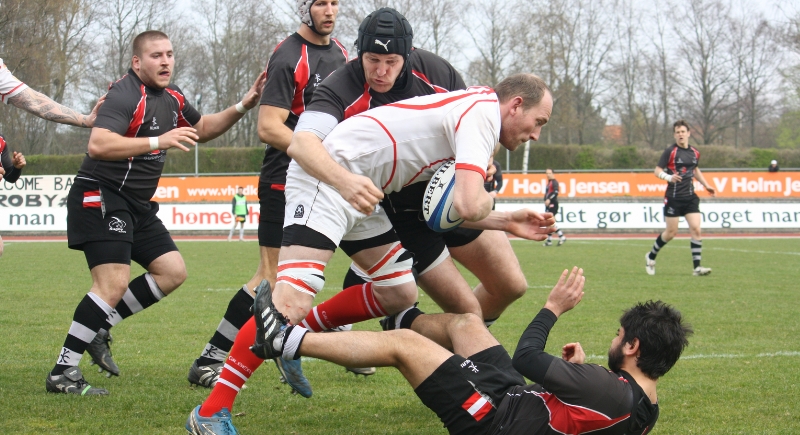
Credit: Wikimedia Commons
In 1823, a teenager named William Webb Ellis broke soccer rules by picking up the ball and running with it during a match at Rugby School. Teachers were horrified, and his classmates were intrigued. That bold, chaotic moment birthed rugby, though historians debate the accuracy of the tale. Regardless, the school embraced the style, and over time, rules were codified.
Baseball – Cooperstown, New York, USA
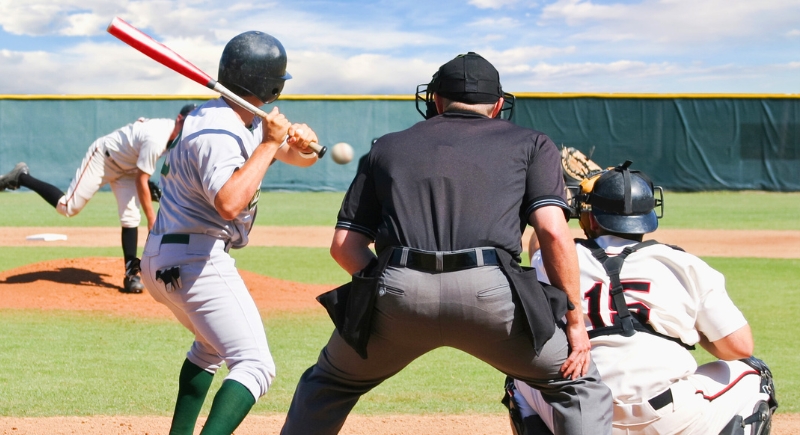
Credit: Getty Images
Baseball didn’t exactly pop out of the ground fully formed in Cooperstown, but that’s where myth and nostalgia found their home. The sport’s early days were a messy patchwork of local rules and stick-and-ball games. Abner Doubleday gets the credit, yet it was guys like Alexander Cartwright who standardized the game.
Sepak Takraw – Southeast Asia (Thailand, Malaysia, Laos)
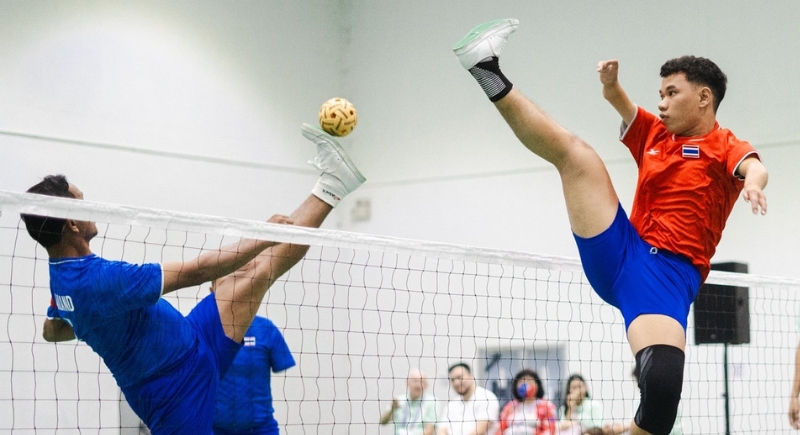
Credit: Facebook
Take volleyball, mix in acrobatics, and subtract the use of hands. That’s sepak takraw, and it’s been around Southeast Asia for centuries. Royal courts in Thailand and Malaysia once hosted this intense foot-only sport using a rattan ball.
Cricket – Rural England
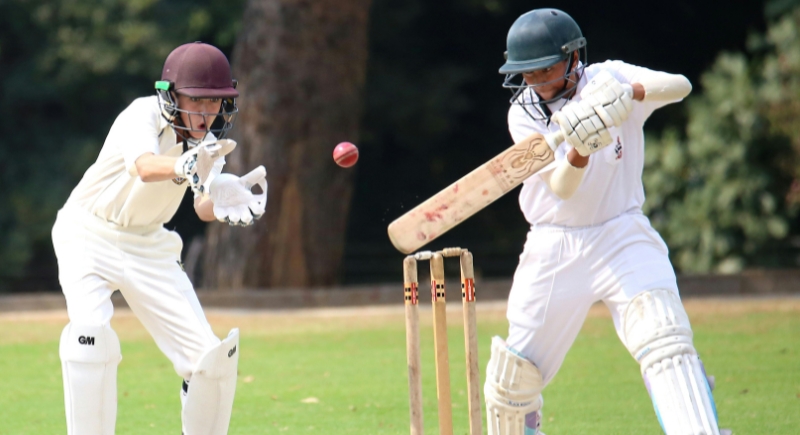
Credit: pexels
Cricket began among sheep and hedgerows in rural England. In the 16th century, farmers’ kids knocked stones with crooked sticks for fun between chores. The game spread slowly and eventually gained favor with nobles who swapped out the rocks for leather balls and made rules stick.
Golf – Scotland
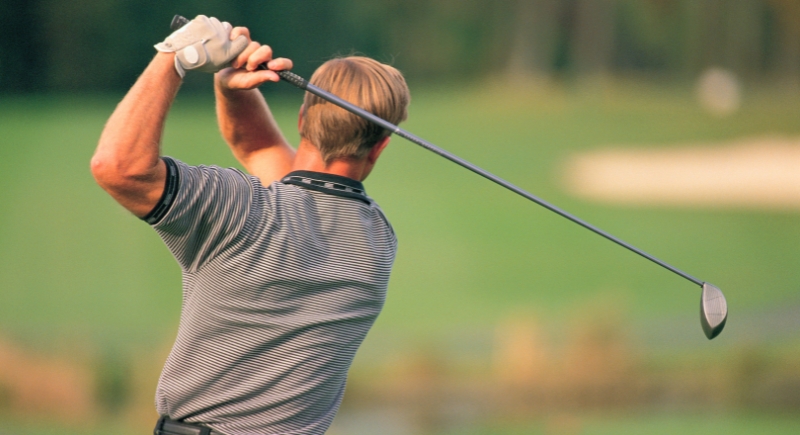
Credit: Photo Images
A few bored shepherds in coastal Scotland likely didn’t know they were creating a sport when they started swatting stones into rabbit holes with crooks. That rough pastime evolved into golf, with St. Andrews becoming its early spiritual home. In 1457, Scottish King James II banned the game as people played too much and neglected archery practice. Clearly, the ban didn’t stick.
Kabaddi – Ancient India
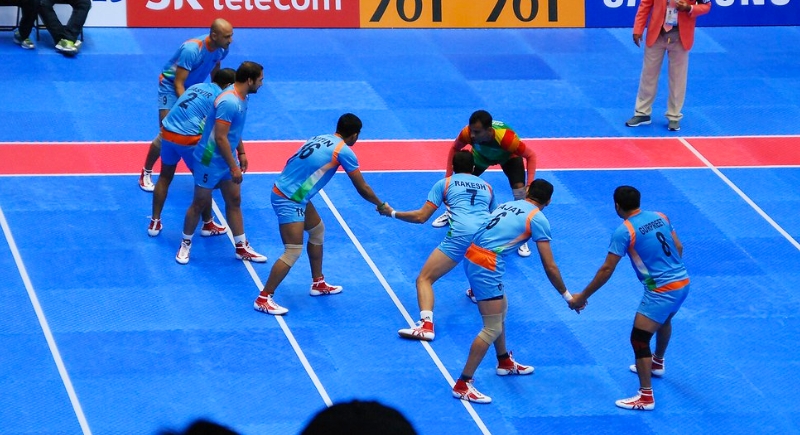
Credit: flickr
Kabaddi doesn’t look like much at first—one person charges into enemy territory, tagging players before racing back while holding their breath. But this breath-holding bulldozer of a sport dates back over 4,000 years in India. The chant “kabaddi, kabaddi” kept the rhythm and ensured no one cheated by sneaking in a gulp of air.
Curling – Medieval Scotland
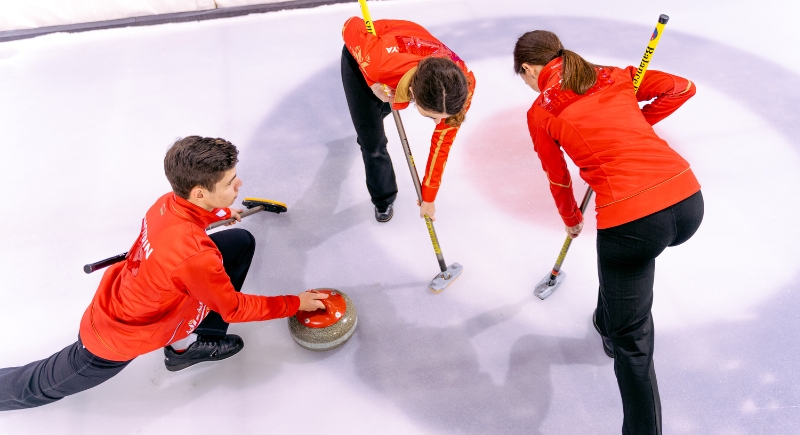
Credit: pexels
Long before it earned the Olympic spotlight, curling was something bored Scots did when their lochs froze over. In the 1500s, farmers slid flat stones across the ice toward a target, often using broomsticks and cattle bells. Scottish monks even documented the early matches. Curling eventually made its way to Canada with Scottish immigrants, where it became a winter sport.
Australian Rules Football – Melbourne, Australia
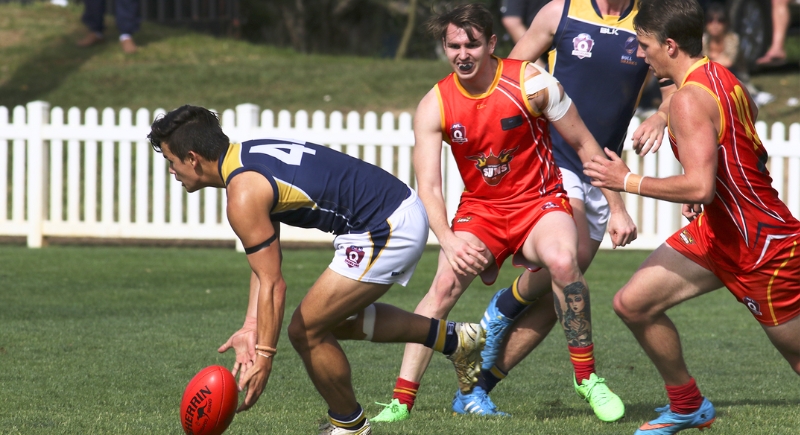
Credit: Wikimedia Commons
This high-flying, hard-hitting game was brewed in 1858 by a few cricket players in Melbourne looking for an off-season workout. They mashed together parts of rugby, soccer, and Gaelic football, then added local flavor—and no one has looked back. It’s played on massive ovals with giant vertical goalposts, and the game itself is fast, rough, and completely unique.
Sumo Wrestling – Japan (Shinto Shrines)
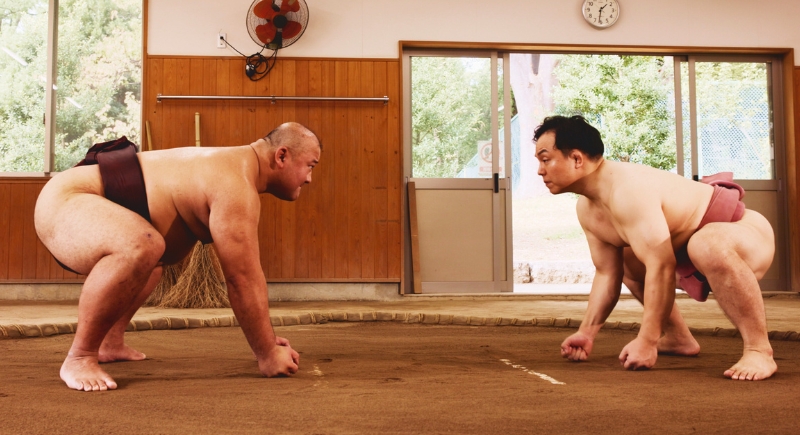
Credit: peopleimages
Sumo originated from ancient Japanese rituals to entertain gods and bring good harvests. Matches were held at Shinto shrines with plenty of ceremony, stomping, and spiritual symbolism. The rules, like the wrestlers, grew heavier over time. Today’s sumo still maintains many of those sacred traditions tied to its shrine-side beginnings.
Badminton – British India

Credit: Studio India
British army officers stationed in 19th-century Pune needed a way to unwind in the steamy evenings, so they got creative. They tied a string across a room, grabbed shuttlecocks, and played a mash-up of older racket games. Locals called it “Poona,” but it was renamed badminton after the Duke of Beaufort’s estate back in England, where it gained popularity.